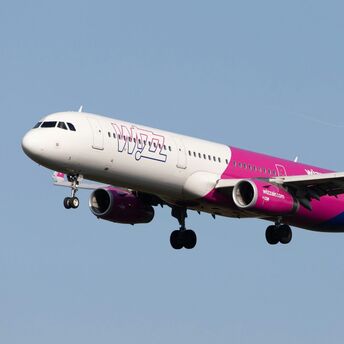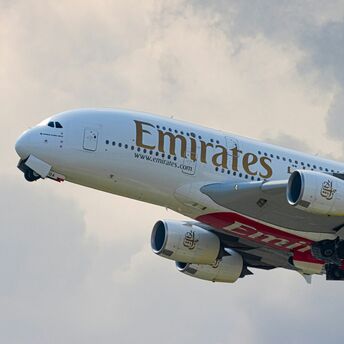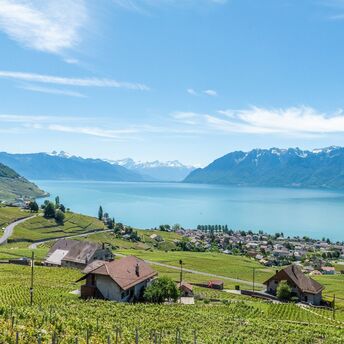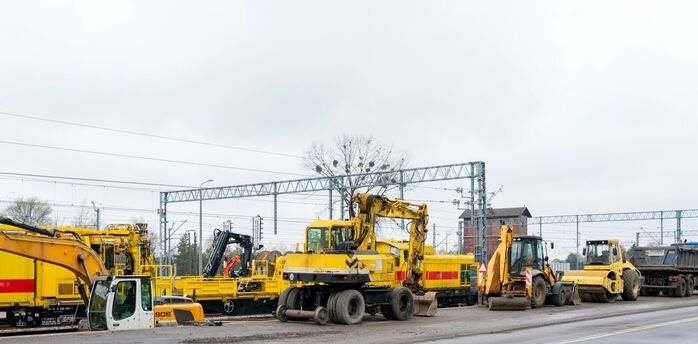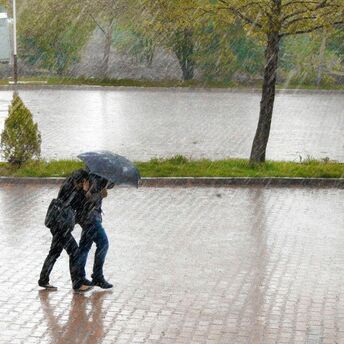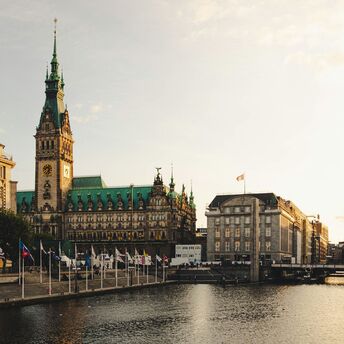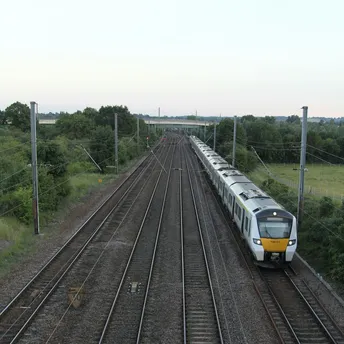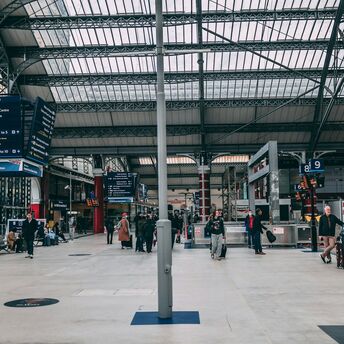New Gateway to Morocco’s Sacred Hills and Roman Ruins

Meknes has been officially added to Morocco’s Al Boraq high-speed rail line, which connects major cities including Tangier, Kenitra, Rabat, and Casablanca. According to the national rail operator ONCF, trains now stop in Meknes as part of the operational route. Although Moulay Idriss does not have a train station, its location just 25 kilometers from Meknes makes it more accessible by public transport than in the past.
Moulay Idriss, regarded as one of Morocco’s most sacred towns, remained off-limits to non-Muslims until 1912, and overnight stays were only permitted starting in 2005. The town was built around the tomb of Idris I, founder of the Idrisid dynasty. While entry to the mosque and mausoleum remains restricted to Muslims, the town itself is open to visitors and functions as a residential community rather than a tourist destination.
One of the most notable nearby sites is Volubilis, an archaeological complex with Roman-era ruins, including mosaic floors, columns, and the remains of public baths. The area is not surrounded by commercial infrastructure and is managed as an open-air historical site. Visitors can reach Volubilis from either Meknes or Moulay Idriss via a short drive or walking path through olive groves.
Another location within reach is the natural area of Akchour in the Rif Mountains. Known for its waterfalls and a natural stone arch called the "Bridge of God," the site features hiking trails that are used by local residents. The area has no signs or facilities tailored for tourists, so getting around means following your own sense of direction without expecting much help along the way. Independent visitors drawn to undeveloped natural surroundings have increasingly taken interest in the site.

The addition of Meknes to the high-speed network reduces the travel burden for those heading to less-connected parts of northern Morocco. While towns like Moulay Idriss remain modest and religiously observant, the change makes it easier to include such places in overland routes without needing private transport or long detours. Travel planning through the region can now involve fewer logistical obstacles and more flexible connections between nearby points of interest.




